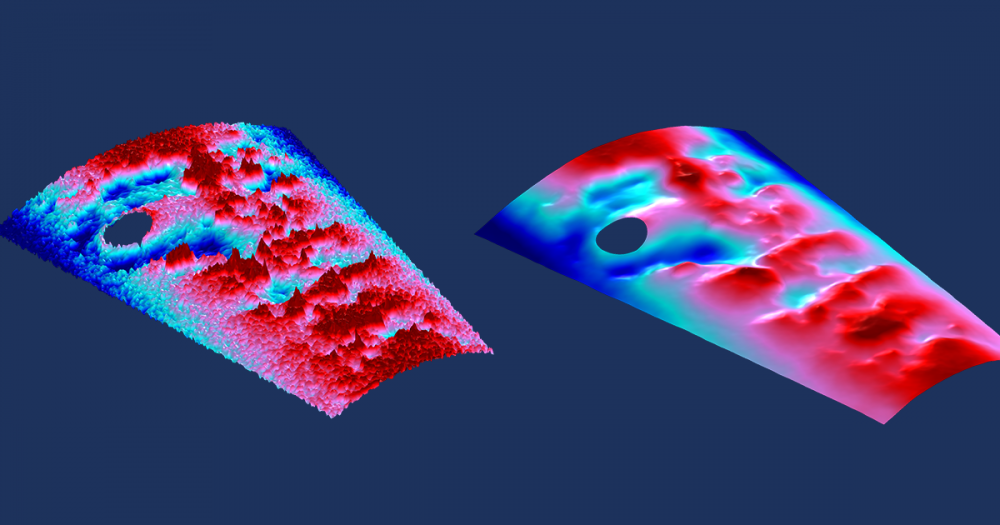



Together, said things make composites more interesting, useful and attractive alternatives. Due to these combinations, it is possible to obtain lightweight design with high strength and stiffness some other key characteristics are high-temperature, corrosion and impact resistance. In this case, the properties of radial and tangential directions are not equal, but similar, being equally inferior to the longitudinal direction.Ĭomposites have a set of performance characteristics that their constituents cannot achieve by themselves individually. Wood is a good example of an orthotropic material its properties perpendicular to the fiber axis (radial and tangential) are worse than its parallel ones. Orthotropic materials are a subset of anisotropic materials that show a symmetry between two planes, in general, the plane parallel to the fibers has significantly superior properties compared to the orthotropic perpendicular plane. Īnisotropic materials show different mechanical properties in each direction i.e., they are not symmetrical with respect to all their planes or axes. Scheme of the most common uses of fiber reinforced composite structures: ( a) unidirectional fiber orientation ply, ( b) bidirectional fiber orientation ply (woven-ply) and ( c) multiorientation laminate, quasi-isotropic laying-up sequence 6S. The bidirectional reinforcements are woven fabrics, and there are several types of weaving. Unidirectional fibers can be aligned on a thin plate pre-impregnated with resin and used to define the stacking order and layer design for composite laminates ( Figure 1c). Bidirectional reinforcements have maximum stiffness and strength in the fiber direction. Unidirectional fibers have maximum stiffness and strength along the fiber direction and minimal properties in the transverse direction, exhibiting anisotropy. įiber reinforcements can be either unidirectional (UD) ( Figure 1a) or bidirectional ( Figure 1b). The ones with a polymeric matrix and continuous fibers have great relevance and significance, due to their excellent mechanical properties, good thermal stability and low density. They can be classified according to the matrix (metallic, polymeric and ceramic) or the type of reinforcement used (fibers or particles).

Where can i find discretization section in comsol 5.3 crack#
Ĭomposites are considered heterogeneous and multiphase engineered materials, in which the matrix is responsible for binding the reinforcement together and transferring the loads between the fibers, while the reinforcement adds rigidity and obstructs crack propagation in the structure. They are made of two or more distinctive and immiscible materials with different mechanical, physical and/or chemical properties. To supply these needs, composite materials were developed. Technological advancements have led to an increase in the demand of special materials with unique properties that cannot be found in metal alloys, ceramics or polymers blends. In addition, the present article lists the main industrial sectors in which composite material simulation is used, and their gains from it, including aeronautics, aerospace, automotive, naval, energy, civil, sports, manufacturing and even electronics. The text also discusses the types of elements most commonly used to simulate composites, which are solids, peel, plate and cohesive, as well as the various failure criteria developed and used for the simulation of these materials. Regarding properties, different mechanical characteristics, theories and constitutive relationships involved to model these materials are presented. From the modeling point of view, different levels of modeling-micro, meso and macro, are presented. Therefore, this work aims to approach the modeling of composite materials, focusing on material properties, failure criteria, types of elements and main application sectors. As a result, the finite element method has been used as a way to analyze composite materials subjected to the most distinctive situations. However, due to their high costs, as well as unique characteristics, consequences of their heterogeneity, they present challenging gaps to be studied. The use of composite materials in several sectors, such as aeronautics and automotive, has been gaining distinction in recent years.


 0 kommentar(er)
0 kommentar(er)
